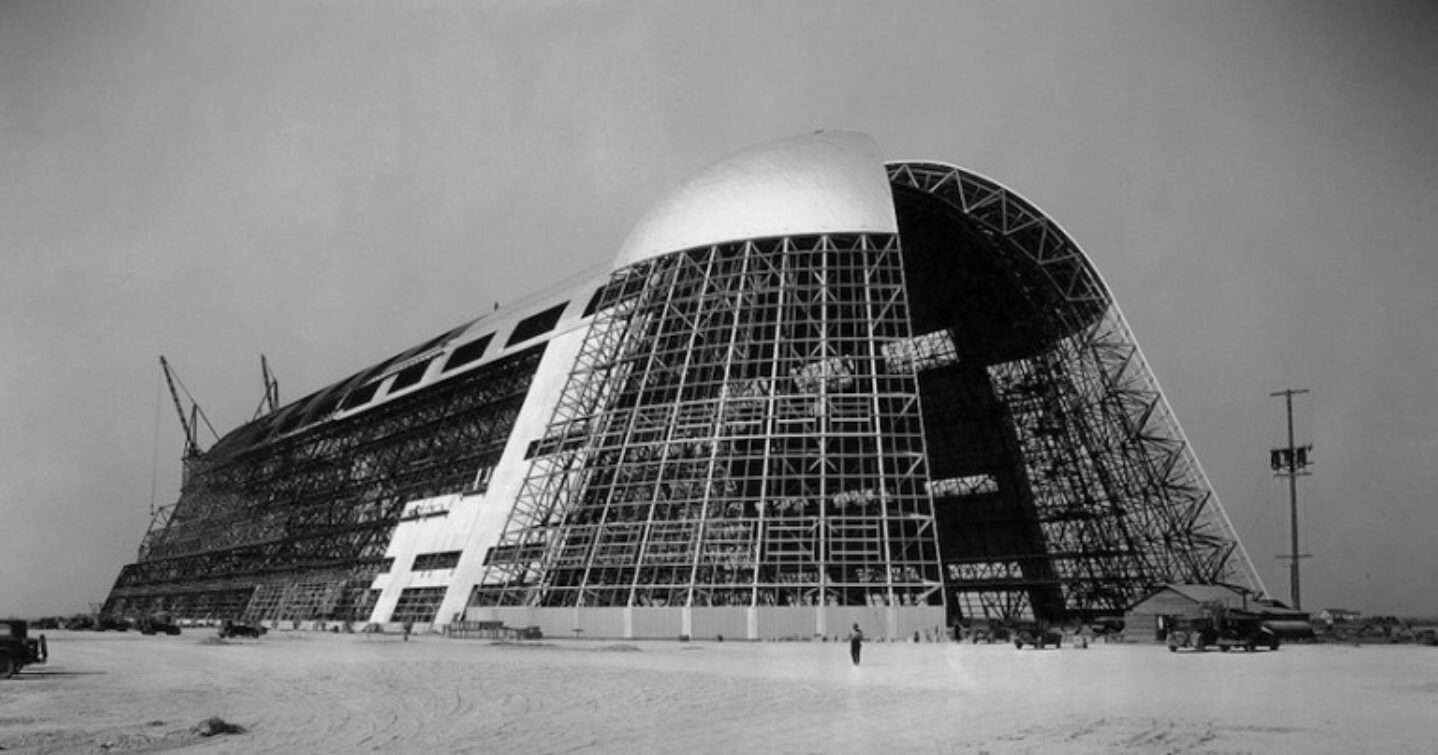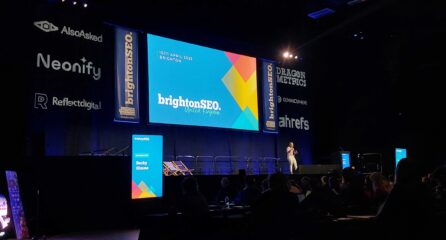You’ve decided that you need a new website for your business – now what?
We guide you through exactly what you need to consider before going ahead with a new website and choosing the agency that will help create it. We also share with you some vitally important things to discuss with the web agency before the build begins.
- What do I need to think about before seeking out an agency?
- What type of Website is best for me?
- Who are my Target Audience?
- How will my New Website work?
- What type of Agency do I need?
- What should I discuss with an Agency?
- Advice for E-Commerce Businesses
First things first, you need to decide on:
A Budget
It makes sense to know exactly how much you have to spend on the new website project – this can include branding work, images and copy-writing as well as the actual design and build of the site. You will also want to consider website promotion once it is live.
Timeframe
You will want to have a realistic idea of when you want the new site to go live and also how much of your own (or your team’s) time you can afford to dedicate to the project.
Overall Aim of the New Site
Why are you doing all of this? You need to have a clear purpose for your new website that fits within your wider business strategy.
Now you need to set aside some time to really think about the following points:
Before you approach a web agency for a new site, you should carefully consider and research the following areas:
What Do I Want My New Site to Achieve?
Consider the purpose of your site very clearly:
- What are your aims?
- What do you want someone to do when they visit your site?
- What are your priorities when it comes to services / products / categories? Ie. What are the most important bits you want people to find?
What Type of Site is Best for Me?
Once you have outlined your aims for the new site, it’s important that it is built on the most appropriate platform for these aims and your business as a whole. Before looking for a web agency, it’s good to have an idea of the platform or CMS (Content Management System) best suited to your needs.
Here is a brief overview of the types of site and the business they are suited to:
- E-Commerce – a paid, professional e-Commerce platform
- Small Business – Squarespace
- Brochure Sites – WordPress
- SMEs – WordPress or Ruby on Rails
- Service Business – Squarespace or Ruby on Rails
Bespoke vs. Off the Shelf Websites
When it comes to new websites you usually have two options – bespoke or off the shelf.
Bespoke
Bespoke sites are built from scratch to meet your requirements.
Pros:
- It should match your needs and do exactly what you need it to
- You can make it user-friendly as you decide exactly how you want it
Cons:
- The costs are usually much higher than off-the-shelf
- Harder to get other developers and agencies to work on it
- Extra functionality and changes over time will incur extra costs
- Might mean more research and work for you to get an idea of what you want from the site.
Off the Shelf
This is designed using a pre-existing CMS, such as WordPress, and generic design, such as Twitter’s Bootstrap, that can be modified to suit your needs.
Pros:
- Other agencies and developers will be more familiar with these frameworks
- User-friendly interfaces
- Plugins that can add functionality and additional features easily
- Quick and easy to design and build
- More cost-effective
Cons:
- Usually designed for a certain type of website
- Your site may end up looking similar to other sites, if a template is used
It also helps to know about your target audience…
Audiences
You will need to have a good idea of your target audience – both online and offline – when planning for a new website:
- Who are they?
- What are their needs?
- What are their concerns?
Answering these questions helps ensure that the site is built with your audience in mind and as useful as possible to them.
I need help understanding my online audience
If you already have a website, then it may be possible to access historical data on your existing online audience. Google Analytics, if it has been set-up, provides a huge amount of insight into your audience, including data on…
- What device they access your site on
- Which pages they spend longest on
- Which pages generate the most conversions
This allows you to investigate…
- What is it about these pages that encourages engagement?
- How this can be replicated across the new site?
How Will the New Site Work
The Structure of Your Site
The structure of your site will ideally reflect your priorities and meet the needs of your target audience. It’s important to take some time to think about which are your priority offerings. By splitting them out into your main priorities and those that are less important, it is possible to reflect this in the structure, navigation and design of the site.
A web development agency can implement a strong site structure with clear hierarchy in order to help your site succeed.
Branding / Messaging
When getting a new site, you want to ensure that both the look and feel of the site, and the copy communicate your brand effectively to your audience. You should consider your USPs (unique selling points) and what makes you stand out from your online competitors. These are not necessarily the same as your offline competitors! It’s also beneficial to ask yourself why people should buy or use you over a competitor.
Content
A site requires a considerable amount of unique and compelling copy. You will need to consider who is going to write the copy for the new pages on your site as well as who will be responsible for uploading them. The upload may not be included in your web developer’s quote.
Visual Content
The visual appearance of your site should reflect your brand and appeal to your target audience. Consistency is also vitally important so that the whole of your site feels cohesive to the users and they know what to expect.
When getting a new site, consider the following:
- Do you need a new logo?
- Where you will get suitable high-resolution images from?
- How much will these images cost?
- Can you find suitable stock images?
- Do you need a photo shoot?
- Do you want illustrations and icons? If the new site is responsive (changes dimensions to look good on different devices), are the existing images appropriate and good enough to come across to the new site?
Tip – Be prepared to share examples of other sites that you like with a web agency and discuss the reasons why.
You are now ready to approach a web agency…
There are a number of different agencies out there including full service, branding, online marketing, web design, graphic design and web development. To make matters harder, the services they offer can overlap and be defined in different ways.
Ideally, what you want is an agency that has in-house expertise to cover both web development, including back end and front end, and web design. But what do these terms actually mean?
Web Design – This is a creative design process where the contents of your website are considered. This includes the layout, colours, font and all graphics/images that will feature on your website pages.
Back End Web Development – Back end development usually refers to all aspects of the website handled by servers. Back end developers handle the heavy lifting in terms of the code and data your website needs to function.
Front End Web Development – This is all about the part of the website that people can see and interact with. There are two elements to this 1) what the site looks like 2) what the site does.
You will also want to involve an online marketing agency early in the process and, depending on your budget, a branding agency too. By bringing all of these parties together from the start, you give your site the best chance of meeting a range of requirements from different disciplines in order to achieve your goals.
Here’s What You Need To Discuss With Your Agency
There are a number of important areas that you will want to discuss with your web development/design agency in order to get the most out of your new website.
Domains
If you do not have an existing site or are looking to change your business name and/or branding then you will want to arrange the purchase of the corresponding domains as soon as possible. It is desirable to purchase both .com and .co.uk versions of the domain as soon as you are decided upon a name. There are also other generic Top Level Domains (gTLDs) available that you might want to consider as this video explains:
Tip – Do not just opt for hosting with the company you buy your domain from. If you haven’t already bought a domain, talk to your web agency about this as they may be able to offer a solution more suited to your needs.
URLS
Believe it or not, even the set-up and appearance of the URLs on your website matters. You always want to opt for user-friendly descriptive and logical URLs (if this is already the case on your old site, request that URLs are not changed when moving to the new site).
UX
Once again, you need to consider what the purpose of people coming to your site is and what your desired result will be. You need to provide the most logical calls-to-action (CTA) based on this. For example, if you’re trying to get people to call you, make sure the phone number is always visible. Or if you want to get them to visit your premises, your address and location information are prominent
With any new website, you want to insist that design and functionality are in line. The site needs to look good but more importantly it needs to make sense to a user, be intuitive and provide a positive user experience (UX). This can be simpler to achieve if your website is closely modeled on existing trends, instead of being wildly original.
Tracking Codes
There are various tracking codes including Google Analytics and Adwords that are used on websites to track how people interact with your site. These will need to be carried across from the old to the new site or generated and added.
Control
When getting a new website built and designed, you need to consider the level of access you will have once it is complete. You need to ask your web agency ‘How much control will we have over the website?’ A lack of control over the website is always, given enough time, a huge problem.
Be sure that you get a detailed answer. A web agency might assume that you only want control over the text and images on the website, and tell you that you have complete control – but what you really want might be to eventually move the website to your own servers, or add functionality to the website yourself.
You are likely to want access to files through a CMS so that you can change pages or page elements as required. It is beneficial to be able to edit all key onsite optimisation fields such as Title tags, header tags, image alt tags. FTP access can also be extremely useful, as can the ability to install plugins.
It’s important to get as much control as you think you will need otherwise costs can soar. If you are unclear about how much access you need and how many changes you will need to make, ask them how much they charge for changes. If a web design agency are seeking to completely monopolise the continuing development work on your website for extra cash, that’s a red flag.
Moving From an Old Site to a New Site
If you already have a site, it’s important that the migration from old to new is handled correctly. This includes careful consideration of the following:
- If URLs are changing, making sure redirects are in place from the old website
- Establishing how supporting files, such as images, are being pulled across
- Planning contingencies and backups for the migration
Tip – The single most helpful thing you can do when migrating a website between domain names is to leave the old website up until the new website is entirely in place and working as expected.
I Have An E-Commerce Site – What Else Do I Need To Discuss?
E-commerce sites have a few extra considerations that you should discuss with your web agency:
- The checkout process – it needs to be a concise and clear checkout process that works well. Many people see having a checkout as guest option essential.
- Ensure you are using HTTPS for your site and have a valid SSL certificate.
- If you want to use Google Shopping, make sure that the developer builds you a product feed that you can then submit to Google.
- Do you want to link your POS / stock system with your website?
- Integration with reviews
- If you want to run promotions such as banner displays via your site, make sure that the new CMS lets you do it.
Final Checklist
Things You Need:
- Mobile friendly / responsive site
- A fast site – you want to keep the site as quick as possible so make sure the developer knows that this is a priority.
- Integration with social channels
- ROI – You want to strike the right balance between cost and return. Something may look incredible but at an extra cost, will it really deliver the returns?
Things to Avoid:
- Image-heavy websites
- Rigid, inflexible websites
- Complicated, flashy designs
Find out more about the Common Mistakes Made By Businesses When Looking for A New Website as well as in depth knowledge on some of the points discussed in this article.
Loom – Your Digital Marketing Agency in Bristol
If you have any questions about any of the information featured here or want to know how we can advise and be involved in the creation of a new site and working towards your long term business goals give us a call today on 0117 923 2021 or email us hello@loomdigital.co.uk.
Header image via Nasa on Flickr – Construction of Hangar One at NAS Sunnyvale circa 1931 – 1934





